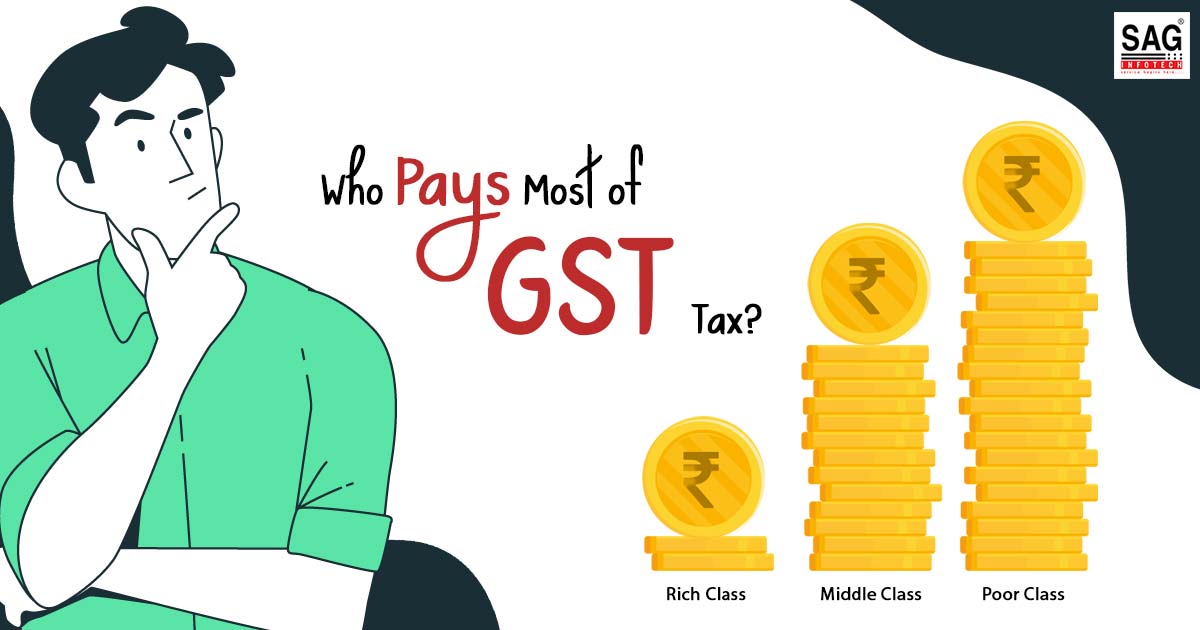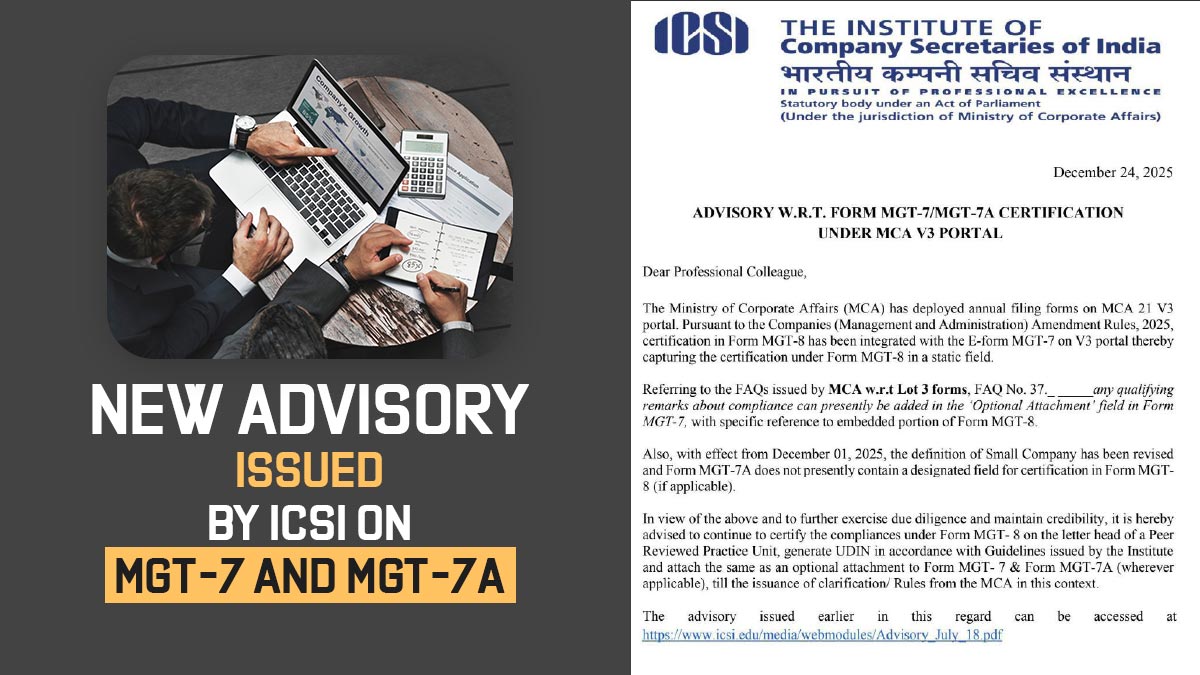
More than 40% of the total wealth made is held by the top 1% of the wealthy people in India from 2012-2021, but only 3% of the wealth would come into the account of the bottom 50%. Only 5% of the Indians hold more than 60% of the country’s wealth. The same would be directed to progressive tax measures like wealth tax and inheritance tax, fighting inequality, and funding health and education sector spending.
From the data of Credit Suisse, Forbes data on billionaires, National Sample Survey Organisation (NSSO) data, etc, from the report some figures are shown that resemble the wealth and income inequality level in India and the way tax exemption for the rich and indirect taxes like the Goods and Services Tax (GST) has increased the gap.
The central government would carry on levying the tax on the poor and middle class compared to the rich class people as per the report. Nearly 64% of the total Rs 14.83 lakh crore in GST was obtained via the bottom 50% of the population in 2021-22, 33% of GST was obtained through the middle 40%, and only 3% of GST from the top 10%.
In India, the total number of billionaires would have surged from 102 in 2020 to 166 billionaires in 2022. The combined wealth of India’s 100 richest have arrived at $660 billion (Rs 54.12 lakh crore) it is the amount that could fund the whole Union Budget for more than 18 months.
The wealth of Gautam Adani chairman of the Adani group surged 8 times at the time of the pandemic and after that, it gets doubled to Rs 10.96 lakh cr as per Forbes, who counted him as the richest Indian.
“Roughly 19% of the Indian billionaires come from the private healthcare and pharmaceutical industry, which was greatly boosted following the onset of the COVID-19 pandemic. In 2020 itself, there were seven new billionaires in the healthcare and pharma industry, with their combined wealth reaching INR 4.3 lakh crore by early 2021,” as per the report.
It is noted that a bigger amount of loans are been taken from public banks, particularly to corporates (Rs 11.17 lakh crore in the last six years till the financial year 2021-22), reduction in corporate tax slabs via the Central government in 2019 and other forms of tax exemptions, the report displayed that the indirect nature of the GST and fuel taxes loads the most marginalized.
“The subsequent increase in the prices of goods and services coerces them to spend a larger portion of their income on essential commodities,” it added.
Witnessing the projected revenue loss of the government in the incentives and tax exemptions forms to corporates it added that
“In 2019, the Central Government reduced the corporate tax slabs from 30% to 22%, with newly incorporated companies paying a lower 15% rate. The projected revenue foregone by the Union Government in 2020-21 in the form of incentives and tax exemptions to corporates was more than Rs 1,03,285.54 crore. This is the equivalent to the allocation towards Mahatma Gandhi National Rural Employment Guarantee Act (MGNREGA) for 1.4 years.”
The report provides various examples of progressive tax measures that can assist the funding of the health and education sector. For example, the report mentions that:
A one-off tax on unrealized gains from 2017–2021 on just 1 billionaire, Gautam Adani, raised Rs. 1.79 lakh crore which is sufficient to employ exceeding 5 million Indian primary school teachers for 1 year.
The entire cost of tribal healthcare for 5 years could get covered by taxing the top 10 Indian billionaires at 5% of their current wealth. For the next three years, the need of Rs 40,423 cr for the nutrition of malnourished in the country gets supported when India’s billionaires are taxed once at 2% on their entire wealth.
As per the report, it is suggested that the Finance minister “introduce one-off solidarity wealth taxes and windfall taxes to end crisis profiteering.” On the richest 1%, the reports ask for a permanent rise in taxes. It added that “The Finance Minister must especially raise taxes on capital gains, which are subject to lower tax rates than other forms of income. And also implement inheritance, property, and land taxes, as well as net wealth taxes,”
Suggesting to increase the budget for the health sector to 2.5% of GDP (Gross Domestic Product) by 2025, as well as for education to 6% of GDP, as said in the National Health Policy and National Education Policy.
The role of the caste in the concentration of wealth inequality is indeed notified in the report and suggests spending more on programs to rectify the educational status of students from marginalized sections.










Please elaborate how rich could get away from paying GST
“Please consult the GST practitioner”